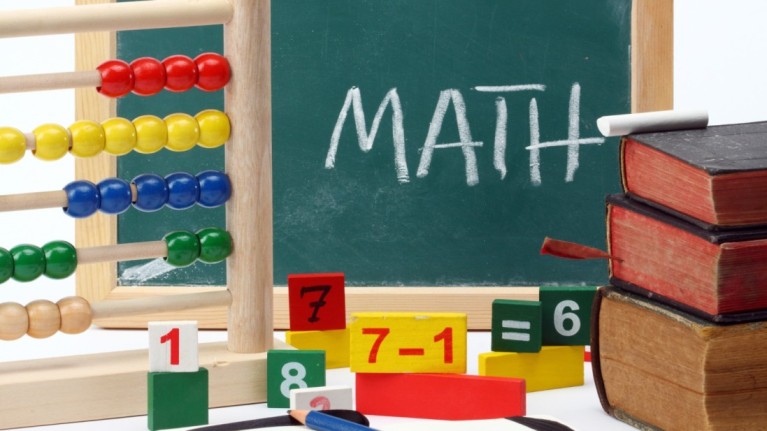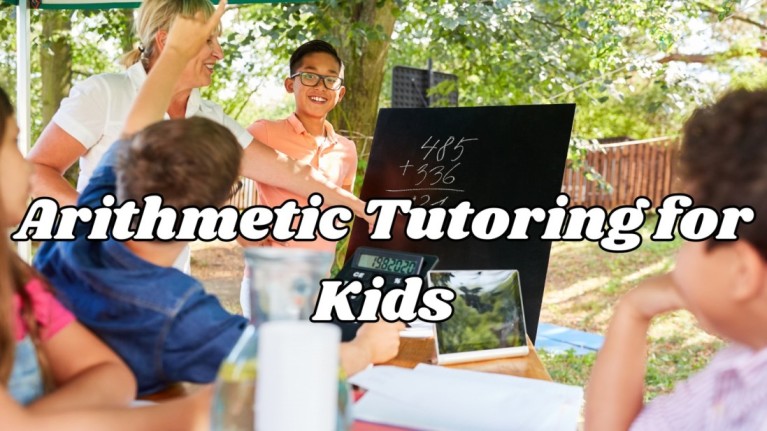The Ultimate Guide to Basic Arithmetic Tutoring for Kids: Building a Strong Foundation in Math
Teaching kids basic arithmetic is essential for laying the groundwork for their future math skills. Whether you’re a parent, teacher, or professional tutor, providing children with a solid understanding of arithmetic can boost their confidence, improve their problem-solving skills, and help them see the fun in math! This guide dives into effective strategies, tips, and tools to make arithmetic learning accessible and enjoyable for kids.
Understanding the Importance of Arithmetic for Kids
Arithmetic is the foundation of all mathematical concepts kids will learn in school and beyond. It covers basic operations like addition, subtraction, multiplication, and division. Here’s why it’s essential for kids to grasp these concepts early:
- Logical Thinking: Arithmetic helps children understand numbers and develop logical thinking.
- Problem-Solving: Mastering basic operations allows kids to solve real-life problems.
- Confidence in Math: Kids with a solid grasp of arithmetic are often more comfortable tackling advanced math concepts. For more detailed concept visit Interactive Math eBooks with Engaging Content for Kids.
Starting with the Basics: Number Recognition and Counting
Before jumping into operations, ensure kids understand numbers and counting. Here are some activities to develop these skills:
- Counting Objects: Use everyday items like toys or snacks to practice counting.
- Number Games: Games like “counting hopscotch” or “number matching” are fun and effective.
- Visual Aids: Use number charts, flashcards, or apps with interactive visuals to reinforce learning.
Tip: Encourage children to count objects around the house, like stairs, steps, or crayons. This reinforces number concepts in their daily environment. You can also visit Visual Math Learning Posters for Children for more engaging ideas!
Making Arithmetic Fun with Addition and Subtraction Games
After mastering counting, kids can start with basic addition and subtraction. Here’s how to make these concepts exciting:
- Addition with Real-Life Objects: Have children add things they’re interested in, like toys or candy. “If you have 3 toys and get 2 more, how many do you have?”
- Subtraction Stories: Create stories where kids have to “give away” items to solve subtraction problems.
- Educational Apps: Apps like “Math Kids” or “Moose Math” offer interactive addition and subtraction games.
Activities:
- Building Blocks Math: Use building blocks to create visual representations of addition and subtraction.
- Number Line Jumps: Draw a number line and have children “jump” forward for addition and backward for subtraction.
Understanding Multiplication and Division Through Repetition and Groups
Multiplication and division can be tricky concepts, but visual tools and relatable activities can make them easier to understand.
- Using Groups for Multiplication: Grouping items (e.g., “3 groups of 4 apples”) makes multiplication tangible for kids.
- Skip Counting: Teach kids to skip-count by 2s, 5s, and 10s to understand multiplication as repeated addition.
- Division as Sharing: Explain division by sharing equally, like dividing a snack among friends.
Activities:
- Multiplication with Dice: Roll two dice and multiply the numbers together. This adds an element of fun and helps with memorizing tables.
- Division Story Problems: Use scenarios like sharing toys or food to make division relatable.
Tip: Patience is essential! Multiplication and division may take longer to grasp. Visual aids and hands-on activities work best for this stage.
Practical Tips for Parents and Tutors
Teaching arithmetic requires creativity, patience, and encouragement. Here are tips to keep kids engaged and progressing:
- Encourage Questions: Let kids ask questions and make mistakes. Curiosity leads to deeper understanding.
- Praise Progress, Not Perfection: Celebrate their effort and improvement rather than just correct answers.
- Use Positive Reinforcement: Compliment their work, and use small rewards for milestones achieved.
- Limit Lesson Duration: Keep sessions short (15-30 minutes) and focused to match kids’ attention spans.
- Regular Practice: Consistent, short practice sessions are more effective than long, occasional ones.
Fun Tools and Resources for Arithmetic Learning
Enhancing arithmetic learning with resources can add variety to your lessons:
- Interactive Websites and Apps: Websites like Khan Academy and apps like SplashLearn offer interactive arithmetic exercises.
- Printable Worksheets: Free worksheets from sites like Education.com or Math-Aids.com provide structured practice.
- Educational Games: Card games, board games, and online math games help reinforce math concepts through play.
Dealing with Common Challenges in Teaching Arithmetic
Kids may face specific challenges with arithmetic, and recognizing these issues can help address them:
- Difficulty Understanding Abstract Concepts: Kids often struggle with abstract math. Visual aids and manipulatives (like counters or blocks) are helpful.
- Short Attention Span: Break up learning into mini-sessions or intersperse with physical activities.
- Fear of Math: Create a stress-free environment by keeping sessions light-hearted and emphasizing fun.
Solutions:
- Incorporate Movement: Use movement-based games (e.g., “math relay race”) to keep kids engaged.
- Break Down Steps: If a child struggles, break down each arithmetic operation into smaller steps, explaining each clearly.
- Celebrate Mistakes as Learning Opportunities: Explain that mistakes are part of learning, encouraging them to keep trying.
Tracking Progress and Setting Goals
Setting small, achievable goals and tracking progress is crucial for keeping kids motivated. Here’s how to do it:
- Use a Progress Chart: Track achievements with a chart showing mastered skills (e.g., counting, addition facts).
- Set Daily and Weekly Goals: Focus on small goals, like mastering addition up to 10 or memorizing a few multiplication facts.
- Reward Efforts: Recognize progress with rewards like stickers, praise, or extra playtime.
Tip: Involve kids in tracking their progress. They’ll enjoy seeing their achievements and feel motivated to reach the next level.
Encouraging a Growth Mindset for Long-Term Success
Instilling a growth mindset helps kids understand that effort and persistence lead to improvement. Emphasize the idea that everyone can improve with practice, making them more resilient when faced with challenges.
- Praise Effort, Not Talent: Recognize hard work and perseverance.
- Normalize Mistakes: Explain that mistakes are part of learning and help build resilience.
- Model Problem-Solving: When tackling new math problems, model how to approach and break them down, showing that perseverance pays off.
Conclusion: Building Confidence in Arithmetic
Arithmetic is not just a subject; it’s a skill that will serve children in all aspects of life. By creating a supportive and engaging learning environment, tutors and parents can help children develop confidence, resilience, and a love for learning.
With consistent practice, a positive attitude, and creative tools, children can master basic arithmetic and feel ready to take on the next challenge in their math journey. Remember: the goal is to make learning enjoyable so that kids see math not as a chore but as an exciting puzzle to solve!





